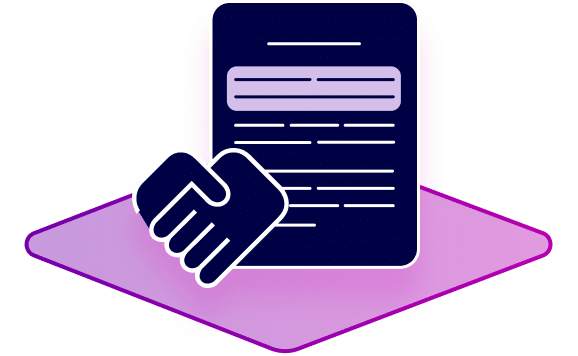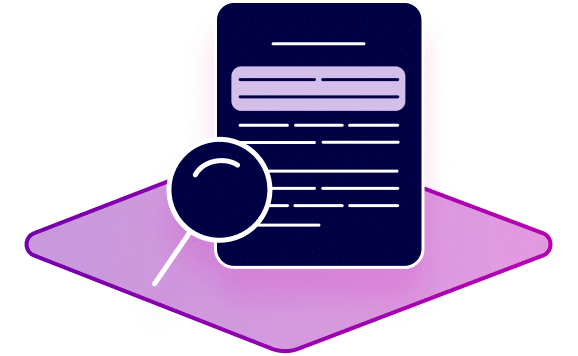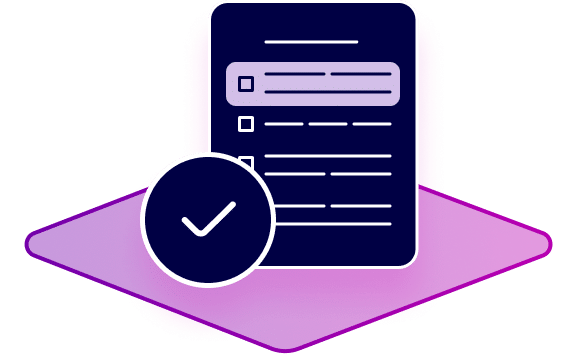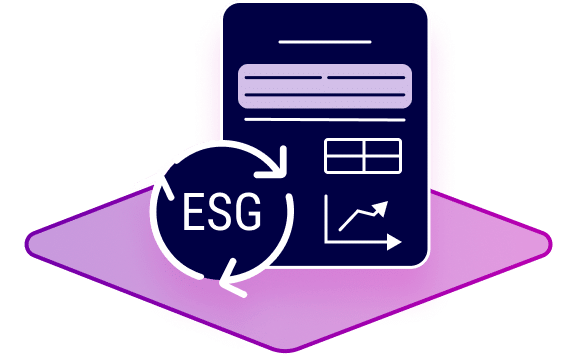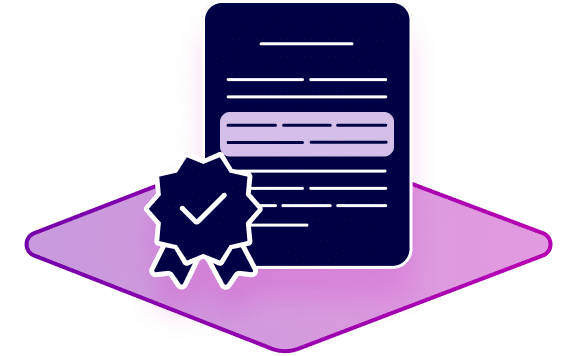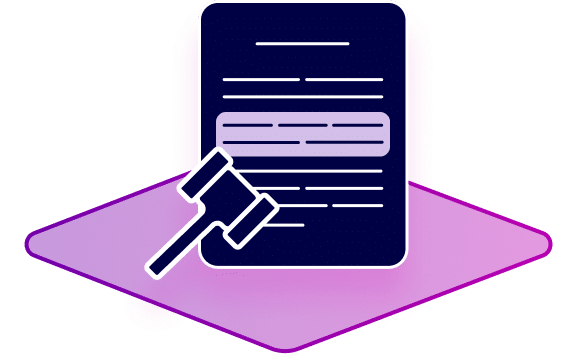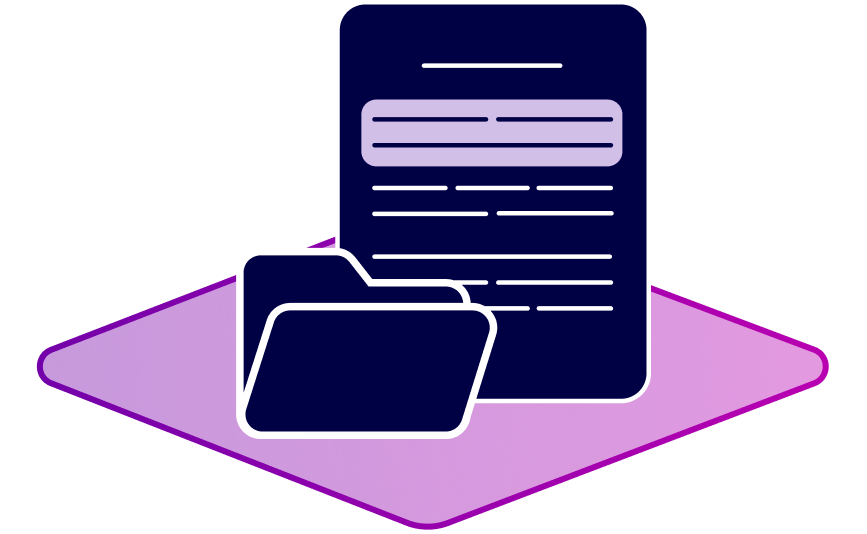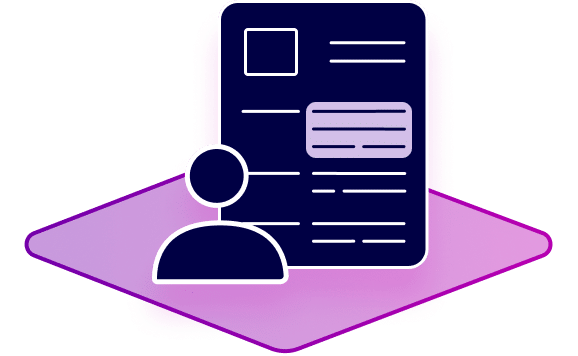
Digitalization and Artificial Intelligence – two sides of the same coin? (1/2)
Digitalization and Artificial Intelligence (abbreviated: AI) are on top of the priority lists of decision-makers but at the same time, few companies are actually making use of AI, especially if you look around in German medium-sized companies. [1] What you hear over and over again is “We want digitization!” – but please, not just for the sake of it!
… although there is great potential in AI, a large number of companies, society and politics have so far lacked a basic understanding of AI …
[2]
So what should be digitized? And when? And how? These questions are present whenever it comes to digitalization, and researching the omniscient internet brings up many views and opinions: For example, the stages of digitalization – which is more of a maturity model and less of a procedural model. This doesn’t make it very useful if, as a practitioner, you are looking for efficiency gains – or at least for a little orientation.
It makes little sense, for example, to aim for the highest stage directly and start planning and implementing while “the core business” remains in its current, non-digitized state and does not benefit from the impulses. Digitalization is often equated with revolution (or in startup slang with disruption) – but from our point of view, digitalization today is more an evolution that will result in a revolution.
In the following blog post, we therefore look at what can be profitably and practically implemented today without losing sight of the vision for tomorrow.

Heads: “The online shop”
The easiest step is to transfer an old, analogous process into the digital world (that’s digitization, not digitalization). You could say: from 0 to 100 in one small business area. Such a transfer of a proven value-adding process into the digital world could, for example, be the replacement of a physical file folder with a routing slip, which is replaced by a PDF and emails, and then passed on to the responsible clerks in turn. However, a simple transfer from analog to digital rarely makes sense, as we are only scratching the surface – without making full use of the new possibilities.
If you digitize a shitty process, then you have a shitty digital process.
Thorsten Dirks
If we take a look at the structure of an online shop based on a retail shop, it is easy to imagine that with the help of digitalization, new target groups for the old concept of “selling goods” are revealed (but possibly you are also losing old ones). Obviously, several different processes are involved here and many new opportunities arise through the possible profiling / targeting and so on. So the devil is in the details after all…
Thinking carefully about all these details for the “online retail shop”, quickly leads us to the visionary part of digitalization, which is often referred to as “new business models”.
Tails: “New business models”
But I’ve read so often that digitalization is fueling new business models. What about that? Good question.
New business models emerge where digitalization is not only seen as a “transfer”, but rather paves the way for completely new ideas. Take, for example, the new electricity meters in Germany, commonly known as smart meters. At first glance, the change of digitization is pretty small: We get rid of the paper to document the meter reading every year by having the meter reading digitally transmitted directly from the meter, entering it directly into the database and that’s it.
But of course that’s not all, not even close. After all, who defines that the meter only reports annually, just as the customer with a paper used to do? Continuous monitoring of the electricity demand – not for one consumer, but for many or even all of them – opens up completely new possibilities. Customer segmentation can be raised to a new level, demand planning can be more precise, individual pricing becomes possible, … If you transfer these ideas to other areas, you can come up with completely new billing models, e.g. instead of selling machines with a maintenance contract, charging on a pay-per-use basis (predictive maintenance included).
Already in the spectrum between only these two (to be honest: extreme) sides, there are a few things to consider if you want digitalization to be a lasting success – the devil is in the details as we all know. That is why we’ll dedicate the second part of this article, which will be posted on 09.07.2021, to the difficulties that are usually encountered when digitizing existing value-adding processes. Spoiler alert: these difficulties are seldom of a technical nature.
If you would like to be one of our first readers and read all our posts two days before everyone else, register for our newsletter right here.



